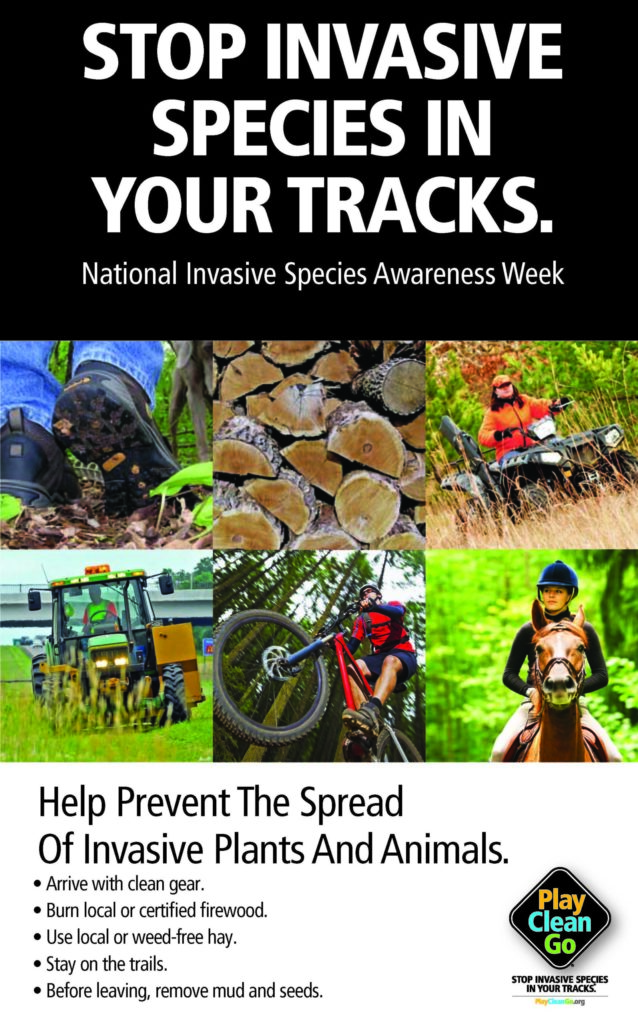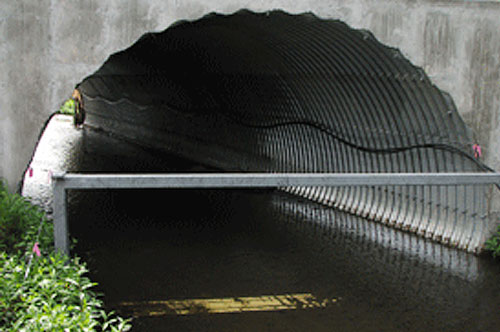Daniel’s Creek (Nikiski)
Project Details
Where:
Latitude 60.720 Longitude -151.161
Nikiski, AK
When: Spring/Summer 2008
Cost: Estimated $75,000+
Who: Kenai Watershed Forum, NOAA, Tesoro, US Fish and Wildlife Service
The culvert at this crossing had been so badly crushed that parts of it were sticking up through the road surface and it was too narrow compared to the normal width of the stream. To avoid the jagged culvert, drivers were illegally trudging through the salmon stream, destroying habitat for spawning and rearing.
KWF removed the damaged culvert and installed a bridge sturdy enough for trucks to drive over. With the help of Tesoro employees and Mike Edwards from the U.S. Fish and Wildlife Service, the stream banks destroyed by traffic were repaired with willows and coir logs. This restoration project opened over one mile of stream habitat in addition to a large lake.
-
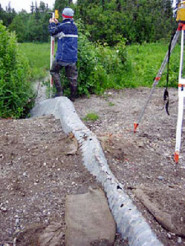
-
Before restoration
-
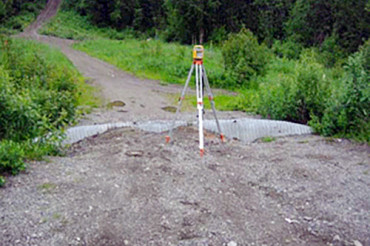
-
Before restoration
-
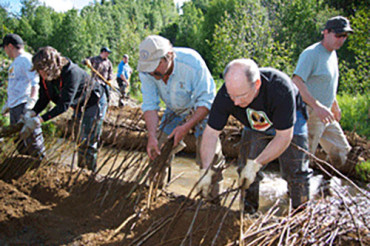
-
During restoration with help from Tesla
-
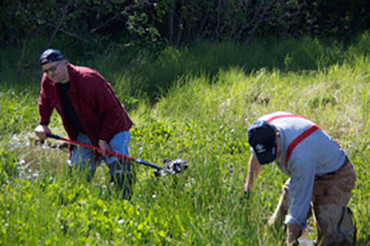
-
During restoration with help from Tesla
-
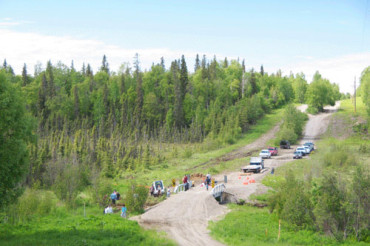
-
Restoration complete!
FEATURED PROJECTS
Invasive species are living organisms including plants, animals, fish, insects, bacteria, etc. that are not native to an ecosystem and cause measurable harm. The harm caused by invasive species can come in the form of environmental harm, economic harm, as well as direct harm to human health. These species oftentimes reproduce quickly and spread aggressively, allowing them to out-compete native species. Invasive species are widely cited as one of the largest threats to biodiversity worldwide. Additionally, the Kenai Peninsula Fish Habitat Partnership has rated aquatic invasive species as the highest threat to lowland groundwater/wetland dominated systems, closed-basin lakes, and clearwater connected lakes with associated streams. These habitats are essential for Coho, Chinook, and Sockeye salmon at all life stages. Species that are not native to Alaska and the Kenai Peninsula pose great threats to our ecosystem and economy. As a member of the Kenai Peninsula Cooperative Invasive Species Management Area (KP-CISMA), the Kenai Watershed Forum is involved in the eradication and control of plant species that threaten salmon-bearing streams and other salmon habitat, such as reed canarygrass, Elodea, European bird cherry, and other high-priority terrestrial invasive species. How do invasive species spread? Invasive species are primarily spread by human activities,…
Learn more about this project >
In the summer of 2003 and 2004 the Kenai Watershed Forum (KWF) more closely evaluated each of the three problem road crossings. It was clear that the College Loop Road presented the greatest potential to block juvenile anadromous fish.
Learn more about this project >
